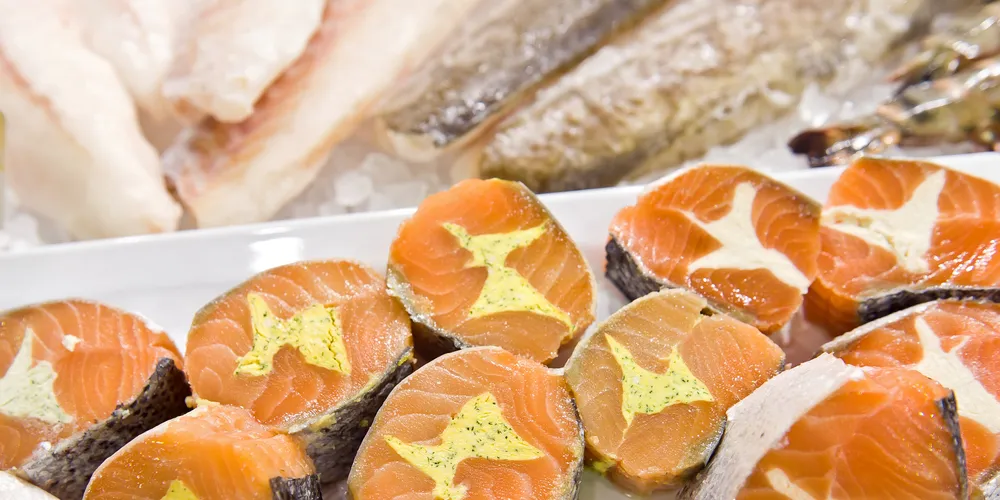Fish International 2016 blog: Recap on all the news here
IntraFish is blogging live from the fish international 2016 event in Bremen, Germany. Check back here to get the latest news from the showfloor.

IntraFish is blogging live from the fish international 2016 event in Bremen, Germany. Check back here to get the latest news from the showfloor.
